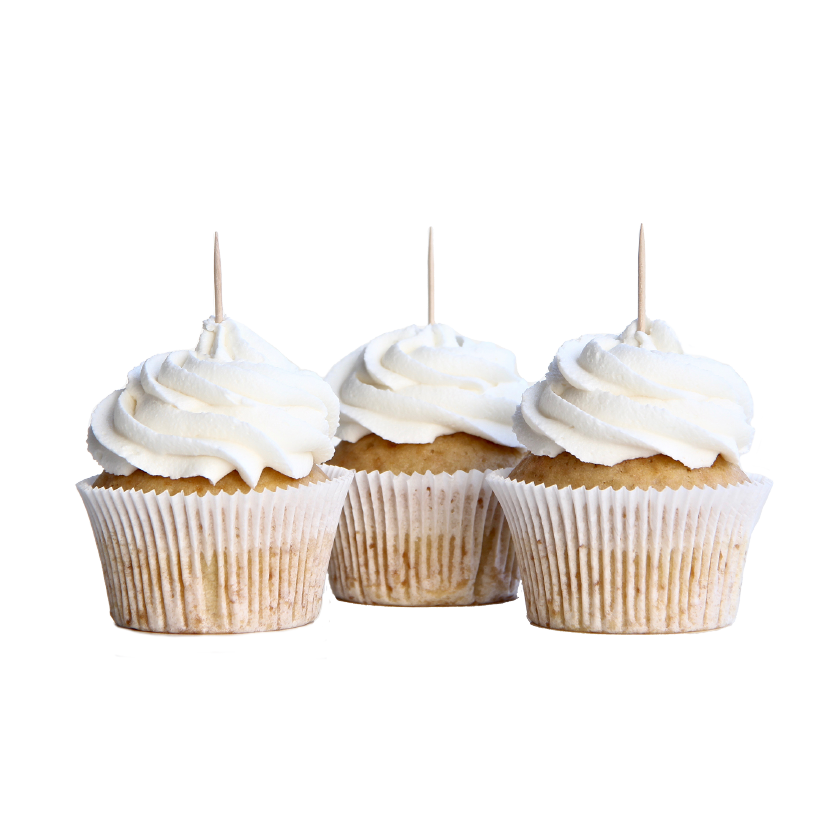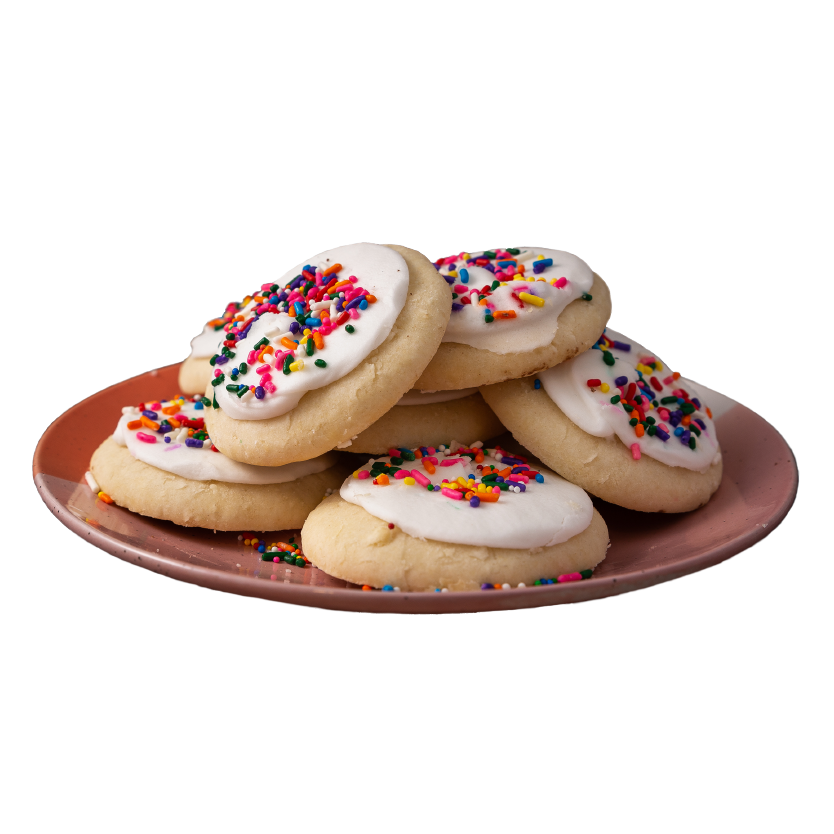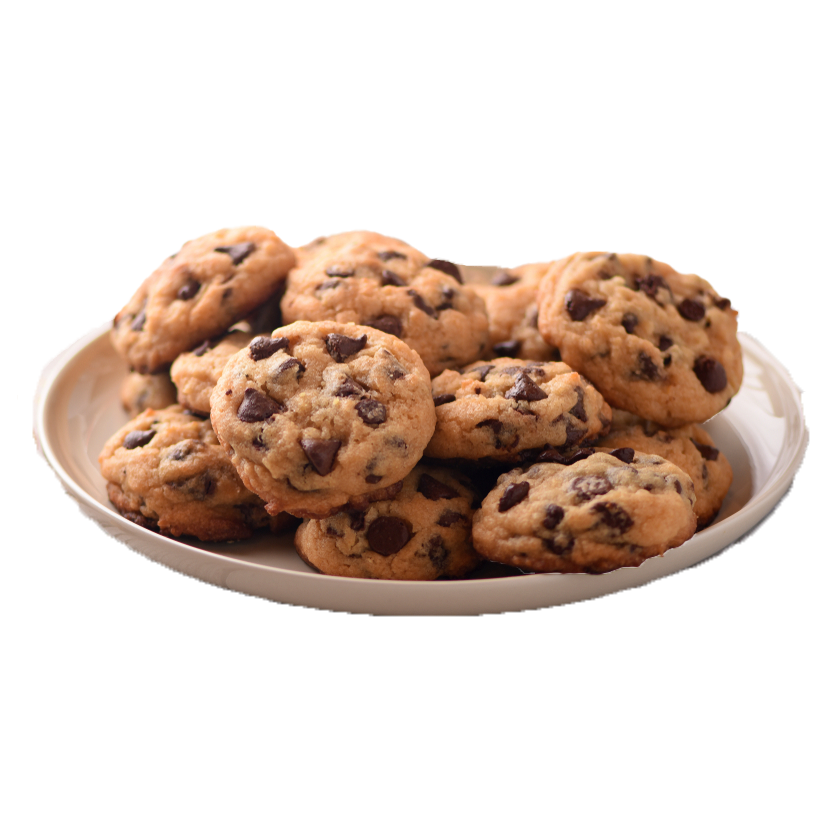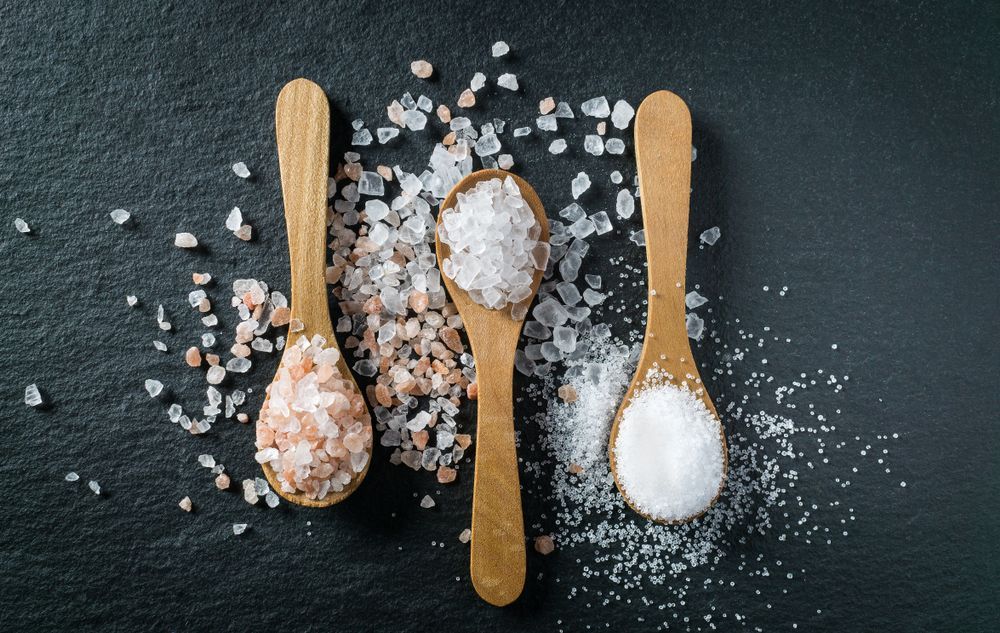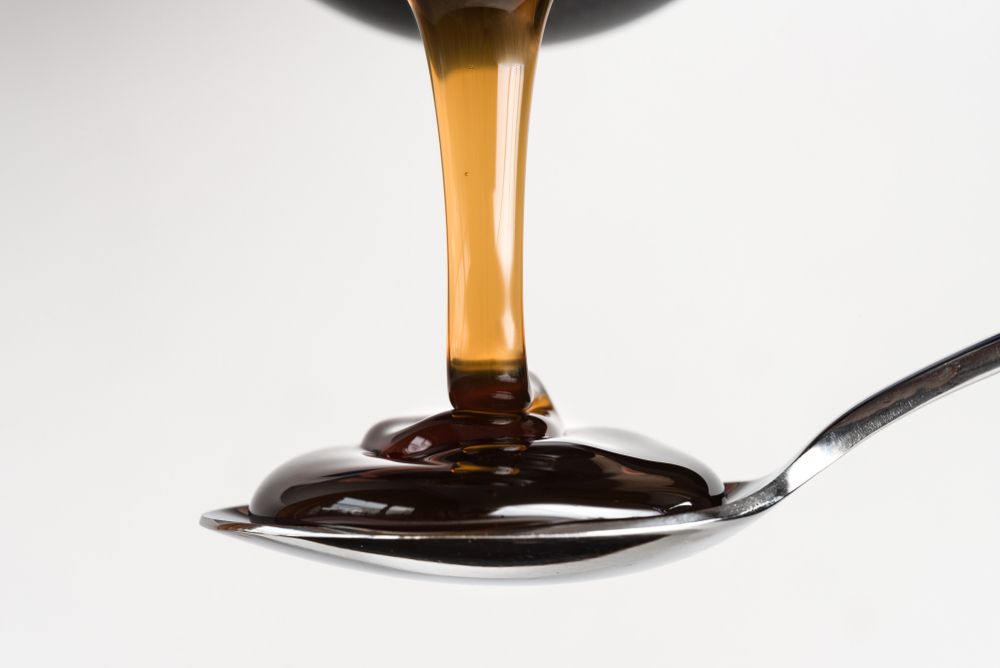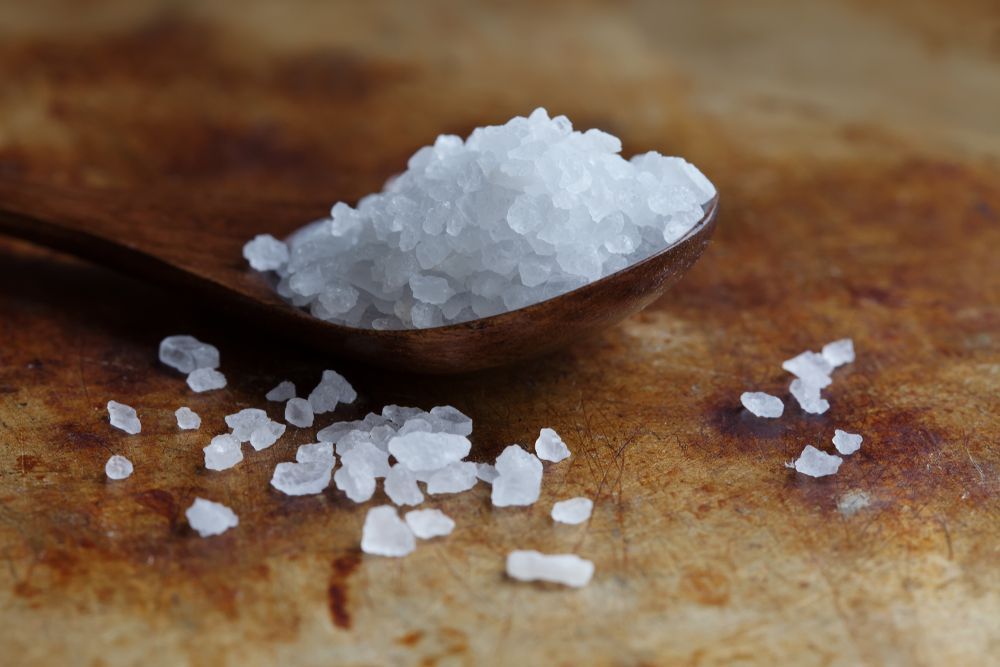What is Invert Sugar

What’s sweeter than sugar? Invert sugar! Invert sugar is enthusiastically loved in the food industry, with popular uses everywhere from cupcake bakeries to cocktail bars. This alternative to granulated sugar boasts many interesting features and benefits: an intense sweetness, a high viscosity, and even superior moisture retention abilities compared to other types of sugars and sweeteners. This post covers everything you’ve ever wanted to know about different types of invert sugar, how invert sugar is made, and the many applications of the popular sweetener!
What is Invert Sugar?
Invert sugar, known by various names like inverted sugar, inverted syrup, and inverted sugar syrup, holds a sweeter disposition compared to your everyday table sugar. It's not just sugar – it's a delightful blend of glucose and fructose, the fundamental sugars. This sweet ingredient doesn't settle for ordinary; it surpasses the sweetness of standard white table sugar by a whopping 125%. This amplified sweetness is precisely why bakers hold it in high regard: a little goes a long way.
Beyond its sugary charm, invert sugar boasts a medley of distinct advantages. It's a moisture magnet, outperforming table sugar in retaining moisture. Moreover, it resists crystallization, dissolves with ease, and boasts minimal water content. These traits collectively reduce water activity levels and enhance the shelf life of any creation it becomes part of. Speaking of longevity, inverted sugar itself remains viable for around six months when stored appropriately.
How is Invert Sugar Made?
Invert sugar is made by warming regular table sugar in water. It is formed by the hydrolysis of sucrose, or in other words, a reaction in which water breaks down chemical bonds. The sucrose solution is partly turned into glucose and fructose during the reaction. This process can be expedited by adding certain catalysts to the reaction, including cream of tartar, citric acid, or lemon juice. (Don’t worry: the addition of such catalysts won’t deliver a noticeable change in the sugar’s flavor where it isn’t wanted.) Did you know that honeybees actually do something very similar? Honeybees also create invert sugar from sucrose by using invertase, an enzyme they make themselves.
Where does “invert” sugar get its cool name from? When invert sugar is formed, its optical rotation is opposite of that of the original sugar. This simply means that the plane polarized light that enters and exits unchanged sucrose does so at an angle of 66.5° – which is to the right, or clockwise. But as the reaction described above occurs, and sucrose is hydrolyzed to make invert sugar, the optical rotation actually decreases as the new glucose and fructose that exists within the mixture increases. The result is that plane polarized light enters and exits the new mixture to the left, or in a counterclockwise direction. The optical rotation has “inverted” its direction when invert sugar is made. So not only is invert sugar delicious, but it’s also truly a science experiment!
What is Invert Sugar Used for?
Baking
Bakers and confectionaries love invert sugar for its moisture retaining properties and its sweetness! When bakers use invert sugar, they can see softer, chewier cookies and moist cakes and pastries. Many of our favorite brownies, breads, and cakes contain this secret ingredient. Products made with invert sugar brown more easily, which helps cut down baking times while maintaining softness.
Frozen Treats
Invert sugar is also common for frozen treats like ice cream, as it is known to crystallize much more slowly and less frequently than other types of sugars will. This keeps ice creams and popsicles smooth and creamy for longer, rather than hard and icy.
Frostings and Icings
Invert sugar makes silky fudges, icings, fondants, frostings, and ganache even smoother. Candy-makers love it, too, as it enhances flavor and aroma.
Chocolates, Caramels, and Candies
Candies, including chocolates, truffles, toffees, marshmallows, taffies, and caramels, are often made with invert sugar as well. Candy-makers love invert sugar because of its ability to help their treats resist crystallization and show up to their destination every bit as delicious as the day they were made.
Beverages
We mentioned earlier that even cocktail bars often use invert sugars. That’s because invert sugar can fully dissolve in any beverage, hot or cold. Have you ever tried to stir a packet of table sugar into a cold glass of lemonade and wondered what the restaurant’s secret was? The secret is just invert sugar, and it’s used in beer, wine, cocktails, kombuchas, even coffees – from lattes to Frappuccinos! When used in the beverage industry, you may hear inverted sugar referred to as “simple syrup.”
Breakfast Foods
Invert sugar is used very often in our favorite breakfast foods, like cereal, granola, and yogurt.
What are the Different Types of Invert Sugar?
Invert sugar comes in both 50% and 100% grades, or “medium” and full” invert sugar, respectively. 50% inverted sugar, or medium invert sugar, is so named because half of its sugar content is sucrose, while the other half of the sugar has been inverted to glucose and fructose during its creation. 100% invert, or full invert sugar, on the other hand, has had all of its sugar inverted to a mixture of glucose and fructose.
Medium Invert Sugar
Also known as partial invert sugar, medium invert sugar holds onto more sucrose since it is only partially inverted. Even though there is still a significant amount of sucrose present, it will taste sweeter than normal sucrose. Medium invert sugar will also appear more opaque than full invert sugar, with a slight yellow hue, and will also have a longer shelf life.
Full Invert Sugar
With full invert sugar, the large majority of sucrose has been converted to glucose or fructose, leaving behind a mixture of only around 5% sucrose. The result is a clear liquid up to 20% sweeter than medium invert sugar.
Culinary Benefits
Just like any sugar or sweetener, invert sugar's primary purpose is to add sweetness to virtually any food, baked good, or drink. So why use invert sugar over regular granulated table sugar? There is a reason why bakers, chefs, baristas, or candy makers find a better use for invert sugar over other sweeteners.
Solubility: Invert sugar dissolves into water or other liquid beverages better than table sugar. This prevents any sugar crystals from collecting on the bottom of the glass and creates a more consistently sweetened drink.
Texture: Because crystallization is less likely to happen when using invert sugar, bakers can use it to create desserts with improved texture and moisture.
Savings: Invert sugar is very sweet for a natural sweetener. You can substitute invert sugar for regular granulated sugar in a recipe and use less product than you would normally need. When making large quantities of baked goods, this can end up saving money in the long run.
Flexibility: With different partially inverted sugar options available, you can decide what level of sweetness you would like to use.
- Our Most Popular Sugars for Baking -
Invert Sugar
Invert Sugar is a premium, pure sugar solution that was developed to provide an alternative to granulated sugars.
Granulated Sugar
Bulk granulated sugar, which is commonly known as white sugar or table sugar,
Sanding Sugar
Often confused with coarse sugar, sanding sugar is larger yet smoother in texture, commonly colored for added effect.
Baker's Special
Baker’s Special Sugar is extremely fine granulated sugar with several uses.
How to Make Invert Sugar at Home
The process of removing chemical bonds in sugar to release sucrose may sound complicated and difficult, but it's actually a fairly quick process that is easy to follow. All you need is sugar, water, and an acid to break up the sucrose molecules.
- Follow a 2:1 ratio of sugar to water. If you want to make 4 cups of invert sugar, use 4 cups of sugar and 2 cups of water.
- Mix in 1/4 of a teaspoon of cream of tartar or citrus acid.
- Keep the heat low until all the sugar is dissolved, stir frequently.
- Once sugar is dissolved, stop stirring and increase the heat until the mixture is boiling.
- Use a candy thermometer to monitor heat. Once mixture reaches 236F you can remove the mixture from heat and let it cool completely before use.
Of course, if you want a consistent product, buying commercially sourced invert sugar in bulk is the best way to go.
Nutrition Considerations
Nutritionally speaking, invert sugar is no different than other natural sugars. Invert sugar should be enjoyed in moderation, but luckily this is easier to do when working with a sweeter product, since less of it is needed to obtain the same level of sweetness as table sugar.
Choosing a Supplier for Bulk Invert Sugar
At Indiana Sugars, our invert sugars are available in 5 gallon pails, 55 gallon drums, 275 gallon totes, and 48,000 pound truckloads. Indiana Sugars is a multi-generational, family-operated business with over 90 years of experience. For decades, we have provided excellence in the manufacturing and distributing of a variety of sugar, sweetener, and related products – and we continue to provide excellence today.
Above all, at Indiana Sugars, we strive always to meet our customers’ needs and exceed their immediate and long-term expectations. Our timely shipments allow for limited downtime and maximized operation. Contact Indiana Sugars today by giving us a call at 630-739-9151. You’ll always talk to a human, and we’ll always do our best to make your experience as sweet as possible!

